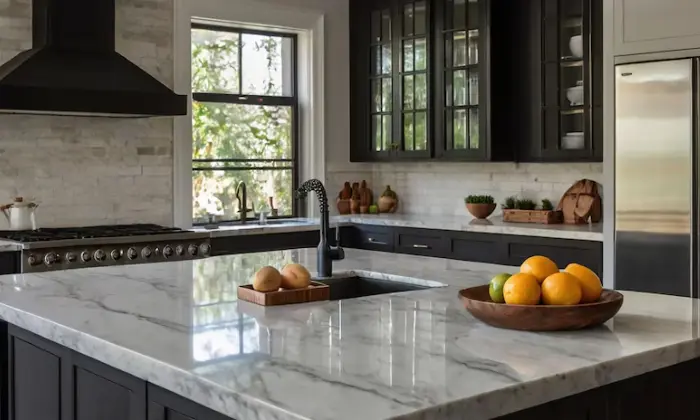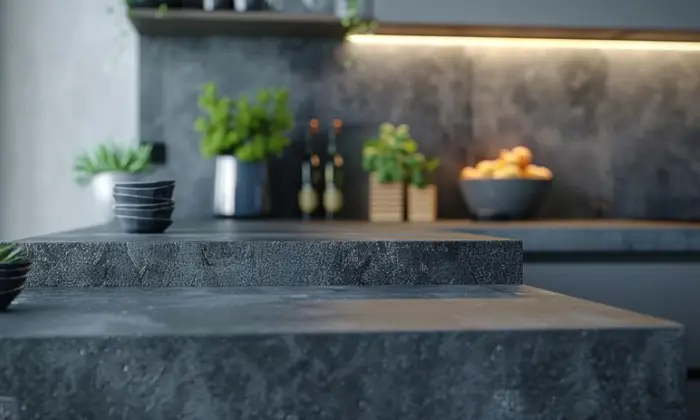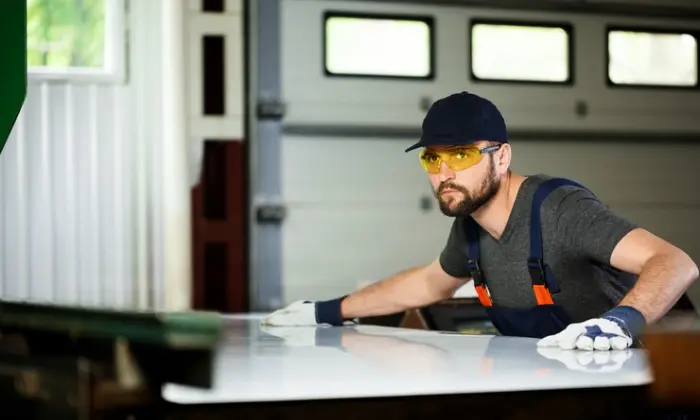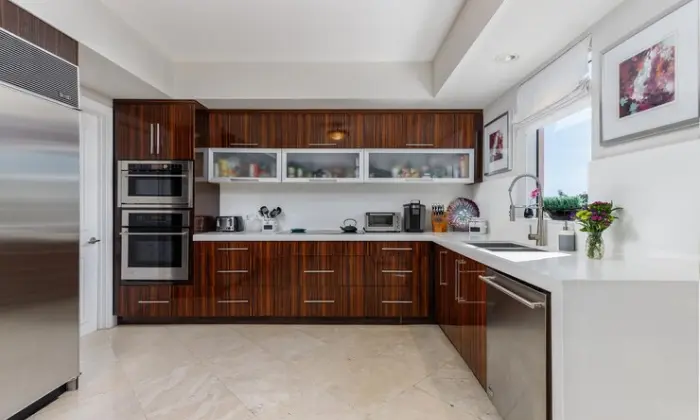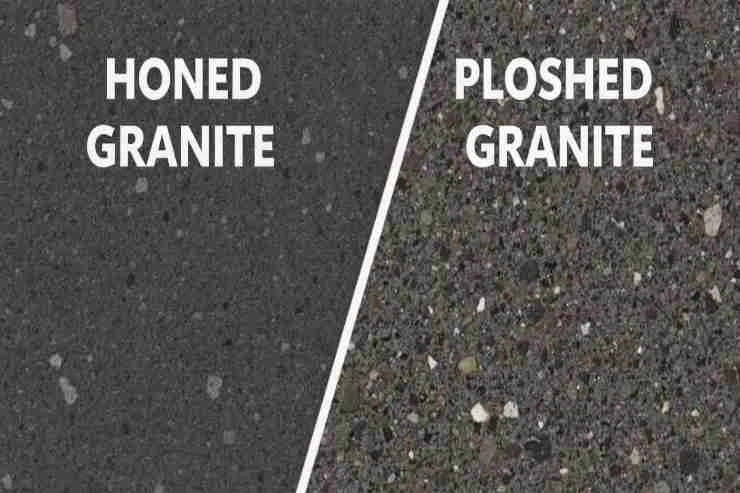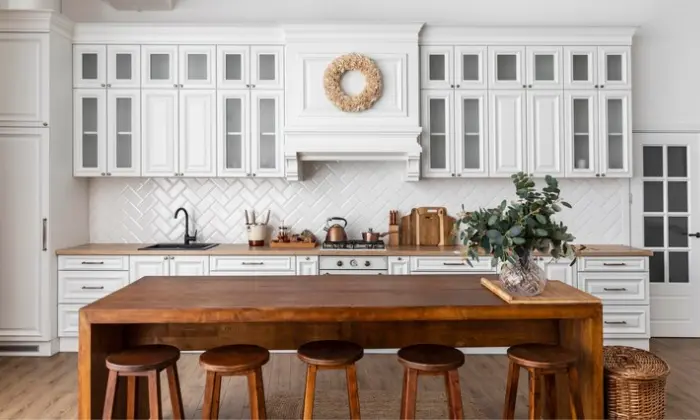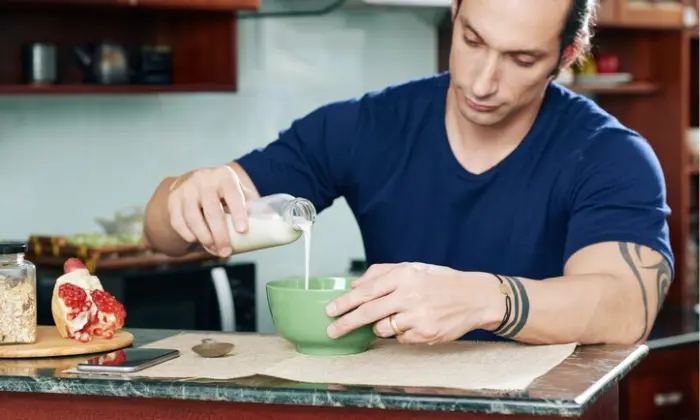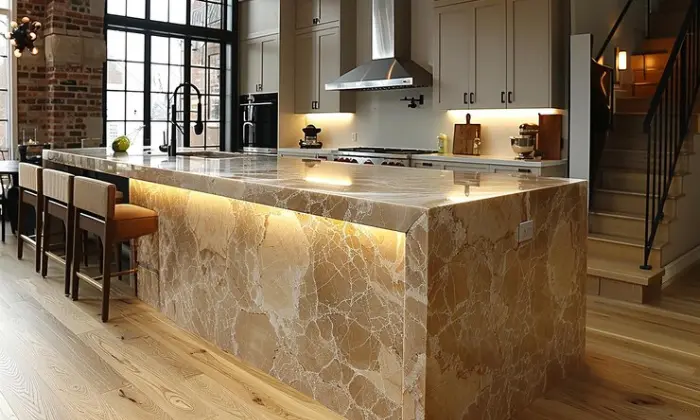Best Outdoor Granite Countertops Installation Service
Home Selecting the right material for outdoor countertops is crucial to ensure both functionality and durability. When designing an outdoor kitchen, countertops need to withstand various weather conditions, resist stains, and maintain their aesthetic appeal over time. One of the most popular choices for outdoor countertops is granite, known for its exceptional strength and natural beauty. Outdoor granite countertops provide a perfect blend of style and resilience, making them an excellent option for outdoor kitchens. Granite’s unique properties, such as resistance to heat, scratches, and the elements, make it ideal for outdoor use, especially in regions with fluctuating weather. Whether you’re designing a sleek, modern outdoor kitchen with granite countertops or opting for a rustic look, granite offers versatility and long-lasting performance. Benefits of Outdoor Granite Countertops Outdoor granite countertops are a popular choice for homeowners looking to enhance their outdoor living spaces. Granite’s unique properties make it an ideal material for outdoor kitchens and entertainment areas. Here are some key benefits of choosing outdoor granite countertops for your space. Durability and Longevity Granite is known for its incredible durability, making it a perfect choice for outdoor use. When used in outdoor settings, granite countertops can withstand various weather conditions, such as rain, heat, and freezing temperatures, without cracking or fading. The stone’s natural resistance to scratches, chips, and stains means it can handle heavy use and still look great for years. Investing in an outdoor kitchen granite countertop ensures a long-lasting addition to your home that requires minimal upkeep. Aesthetic Appeal Outdoor granite countertops come in a wide range of colors, patterns, and finishes, allowing homeowners to choose a design that complements their outdoor decor. Whether you prefer a sleek, modern look or a rustic, natural aesthetic, granite offers a variety of options to suit your style. The stone’s unique veining and natural beauty add an elegant touch to any outdoor kitchen or dining area, creating a welcoming environment for entertaining guests. Ease of Maintenance One of the significant advantages of granite countertops for outdoor kitchens is their ease of maintenance. Granite is naturally resistant to bacteria and mold, making it a hygienic choice for food preparation areas. Regular cleaning with mild soap and water is typically all that is needed to keep outdoor granite countertops looking pristine. Additionally, sealing the granite periodically helps protect it from potential stains and extends its longevity. Types of Outdoor Granite Countertops Choosing the right granite for your outdoor kitchen countertops involves more than just selecting a color. Understanding the types of granite, popular varieties, and customization options will help you make an informed decision that enhances the beauty and functionality of your outdoor space. Here are some of the most popular granite outdoor kitchen countertops choices: Absolute Black Granite Known for its deep black color and uniform appearance, Absolute Black Granite is a favorite for those seeking a sleek and modern look. It is highly durable and resists staining, making it ideal for outdoor kitchen areas where spills and messes are common. New Venetian Gold Granite This granite features a warm, golden background with specks of brown and gray, making it an excellent choice for outdoor settings that aim for a more natural or rustic appearance. Its light color also helps to reflect heat, keeping the countertop cool even on hot days. Tan Brown Granite Characterized by its rich brown tones with black and gray speckles, Tan Brown Granite adds a sophisticated and earthy feel to outdoor kitchens. It is robust against the elements and provides a unique look that complements various outdoor decor styles. Steel Gray Granite A contemporary choice with a subtle mix of gray hues, Steel Gray Granite offers a more understated look while still delivering the durability granite is known for. This variety is particularly good for homeowners seeking a neutral color palette. Installation Process for Outdoor Granite Countertops Installing outdoor granite countertops involves several steps to ensure a perfect fit and finish. Whether you choose to hire a professional or tackle the installation yourself, understanding the process can help you achieve the best results. Here’s a step-by-step guide to the installation process and a comparison of professional versus DIY approaches. Planning and Measurement Site Evaluation Start by evaluating the area where the granite countertops will be installed. Ensure that the space is clean, level, and free of obstructions. Accurate Measurements Measure the dimensions of your outdoor kitchen countertops carefully. Include all cuts for sinks, cooktops, and other features. Accurate measurements are crucial to ensure a proper fit and minimize mistakes. Selection and Ordering Choose Granite Type Select the granite variety that suits your style and functional needs. Consider factors like color, pattern, and thickness. If you’re unsure, consult with a specialist about what is the best material for an outdoor countertop based on your climate and usage. Order Samples Request samples of your chosen granite to see how it looks in your outdoor space and to check for color consistency. Place Your Order Once you’ve decided on the granite, place your order with a reputable supplier. Ensure that you order a bit more material than needed to account for any errors or future repairs. Fabrication Template Creation Professional installers will create a template of your countertop layout. This step is crucial for accurate cutting and fitting of the granite slabs. Granite Cutting The granite slabs are then cut according to the template using specialized equipment. This process includes cutting out spaces for sinks, cooktops, and other features. Polishing and Finishing The edges and surfaces of the granite are polished to achieve the desired finish. This may involve adding edge profiles and sealing the granite. Installation Base Preparation Ensure that the base (cabinets or supports) is level and secure. Any unevenness can lead to issues with the countertop installation. Placement of Granite Slabs Carefully place the granite slabs onto the base. This step usually requires lifting equipment due to the weight of the granite. Seaming and Leveling Join the pieces together with epoxy and make sure the
Best Outdoor Granite Countertops Installation Service Read More »

